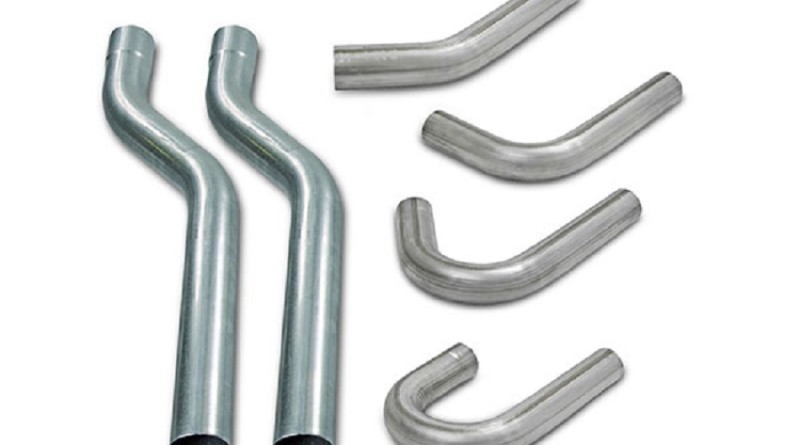Mandrel Bends: What to Look for in Aftermarket Exhaust Systems?
If you’re looking to get more power and torque out of your vehicle, one of the best ways to do so is by getting an aftermarket exhaust. Aftermarket exhausts are the most affordable type of vehicle upgrade simply because stock exhausts are made with affordability and regulations in mind. Aftermarket exhausts, on the other hand, are built with performance in mind.
But how exactly do aftermarket exhausts improve performance? Well, in several different ways. First and foremost, aftermarket exhausts usually feature mandrel bends. These bends allow for an unrestricted gas flow, meaning all exhaust gases leave the engine and fresh, cool air enters the engine much more efficiently. Consequently, your car will “breathe” better and burn fuel at better rates. That being said, mandrel bend tubing also improves fuel economy.
Additionally, mandrel bends are manufactured differently. The mandrel is a solid shaft that features 5 donut-shaped, segmented balls which are just a tad-bit smaller than the ID of the tube that’s being bent and is inserted into the pipe to provide extra internal support during the bending. By doing that, the tube prevents damage like collapsing, distortion, flattening and rippling. Moreover, this technique gives the technicians more control over the tube’s roundness or ovality.
Mandrel tubes aside, the overall build quality of aftermarket exhausts is superior to stock exhausts. Aftermarket exhausts are built from tougher materials, such as stainless and aluminised steel. There are two basic types of stainless steel aftermarket exhausts are made from – T409 and T304. The main difference between the two is the amount of nickel they contain, with T304 containing slightly more. Both types have incredibly high corrosion, rust and heat-resisting properties, and they perform extraordinary in all climates.
There are three types of aftermarket exhausts systems you’ll come across: axle-back, header-back and cat-back. Axle-back exhaust systems replace the system from the muffler to the rear axle, and you typically won’t find much improvement in terms of fuel economy and performance. A cat-back exhaust replaces the exhaust system from the muffler to the catalytic converter, and you’ll find a considerable amount of improvement in terms of performance and fuel economy. Lastly, a header-back exhaust completely replaces the stock exhaust system, and you’ll find significant improvements in power, torque and fuel economy.
To summarize, an aftermarket exhaust system is the most affordable and efficient way to improve engine performance and save on fuel. When looking for aftermarket exhaust systems look for ones that feature mandrel bend tubing and are made of either stainless or aluminised steel. You’ll come across 3 types: header-back, cat-back and axle-back. Header-back is the preferred option for gear heads, as replacing only some parts won’t improve performance significantly.


